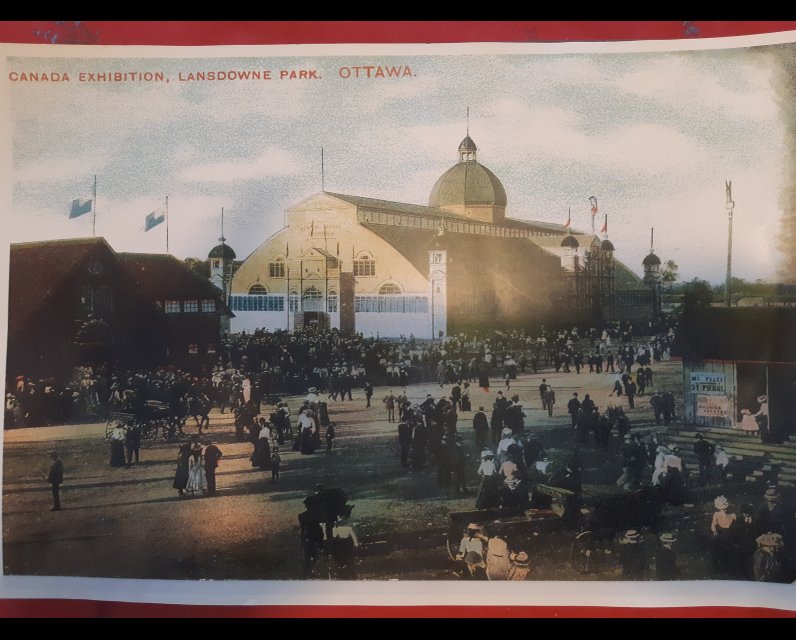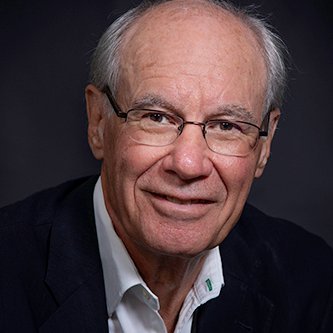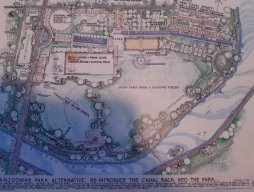Unpublished Opinions
Clive Doucet is a distinguished Canadian writer and city politician. He was elected for four consecutive terms to city council in Ottawa from 1997 to 2010 when he retired to run for Mayor. As a city politician he was awarded the Gallon Prize as the 2005 Canadian eco-councillor of the year. He was defeated twice by Jim Watson in 2010 and 2018 when he ran for the Mayor’s chair.
The Watsonics, Part III (a): Battle at the Ol’ Cattle Castle

“There are no lions in the Glebe, but there are matriarchs and Diane McIntyre, the organizer of the rally was a heritage matriarch.” –Clive Doucet
There’s no greater grace than to be where you are supposed to be and know it. I lived in that graceful place for eight years. Of all the jobs I’ve ever had, the one I loved the most was being a City Councillor. It was entirely wonderful. Listening to the public delegations at Committee speaking with deep feeling about the needs of their community was a privileged seat at the very heartbeat of Canadian democracy. There, I had the chance to be a part of the work of wise community leaders like Cam Robertson who brought different community associations with the City Centre Coalition to give the support that we needed at Council for the new light rail system. It was better than drinking champagne.
The smallest things delighted me. Hosting ‘Coffee with Clive’ at a local café each week in my neighbourhood was a wonderful counter point to the more formal City Hall meetings. There was so much to be done. My old ward had a lot of very dangerous intersections. Thousands of school children crossed streets with bleed off turning lanes built for the convenience of rush hour traffic where drivers were looking for cars at the intersection, not children or people. There had been many ‘accidents’ where people had been killed and maimed walking, bicycling. One woman was in a wheelchair. To close those lanes and plant trees at the same time felt so wonderful, the feeling was probably illegal.
Initially, I didn’t pay that much attention to the politics of it all. Looking back, I was naïve. Nor did ever really lose my naivety. After four terms, you would think I would have known better. When I ran for Mayor in 2010 it didn’t occur to me that a poll was worth doing to see where I stood against the two former mayors I was running against. Knowing what I know now, I would do the same thing again. Democracy is an ideal. To be a democrat is to be by definition an idealist, to believe that energetic conversation and agreement can be enough to carry the day. I was aware hard ball politics were there, but I had little interest in them. Unfortunately, that didn’t mean my conclusions were always right.
Like many others, I had supported provincial amalgamation of all the municipalities in Carleton County, assuming that once all the municipalities were under one roof, it would be easier to work together. I was wrong. The amalgamation opened a very different door. One, very few saw coming.
I’m sitting in a meeting inside the Cattle Castle at Lansdowne Park. It’s the biggest meeting I’ve ever attended. My neighbours in the Glebe and Old Ottawa South are exercised because the city has announced it intends to tear down the Cattle Castle (the Aberdeen Pavilion) to save money. People weren’t happy. There are no lions in the Glebe, but there are matriarchs and Diane McIntyre, the organizer of the rally was a heritage matriarch. It is the women of the Glebe, first as young women with babies on their hip, then later as matriarchs who wrestled the community from a decaying neighbourhood where the old houses were sagging and businesses few into a vibrant, highly desired community.
Penny Sanger began the ‘Glebe Report’ at her kitchen table, and it would become an award-winning community newspaper. Mary Tsai, barely out of school, arrived for her interview for a job at the community centre with a case of beer under her arm figuring interviews were hard work and people might want a beer.
The community centre where she was applying to work was a defrocked church on edge of the city’s demolition list. It had no pool, no gym, a closet for a kitchen, the pews and organ had been taken out. With imagination, hard work and love, Mary’s team turned it into a busy, cherished community space.
Patty Steenberg’s traffic team took on the difficult job of modernizing John Leaning’s original Glebe traffic plan. Caroline McKenzie chaired a business and community make-over plan for Bank Street. There were men at the edges of the matriarchs making ice in the dead of winter and such, but it was the matriarchs who made the difference. And what a difference, they made! They turned a community, that in the 1970s was headed for social workers, demolition derby houses and decaying side lots, into a city showcase.
Diane McIntyre, the woman who organized the rally that saved the Cattle Castle lived in a cottage/house that had once been the home of Ottawa’s first female Mayor, Charlotte Whitton. The house was small, but large in political karma. Diane was not only the inheritor of Whitton’s domestic life, she was also the cousin of Jack Layton, leader of the federal NDP, who boarded there for many years.
Diane like her cousin was a vital force. Within a few days of City Hall announcing the Cattle Castle was to be torn down, she had organized a protest march to walk from the Glebe Community Centre to Lansdowne Park. Eleven hundred people turned up. I was sitting in the crowd, impressed with the passion of the speeches and arguments to keep the old exhibition barn. Young Jim Watson, the community’s city councillor sat at the head table where he held a simple, handmade sign which had the homey look of a loaf of bread. It said simply: ‘Save the Aberdeen’. The press took pictures.
The old building needed saving. There was only one other 19th century exhibition barn like the Aberdeen left in North America and it wasn’t in Canada, it was in Chicago. The Aberdeen was a city landmark on the outside but was even more impressive on the inside where it had an immense, pillar free open space. Light cascading from clerestory windows high above gave the old barn the feeling of a secular cathedral. The barn itself was soaked in Canadian history: Stanley Cups, the mustering of troops for war, the great Ringling Brothers and Barnum and Bailey circuses, state funerals and of course the annual fall farm shows where farmers from up and down the valley came to celebrate the fall harvest.
It would take me a long time to appreciate how adept Mr. Watson was at crafting a strategic retreat. He was so deft at reversing direction or appearing to do so that it would soon be forgotten that he had ever done anything but support the Aberdeen and the community. I would learn to fear it.
Clive Doucet served as Capital Ward’s City Councillor from 1997 to 2010. He ran for Mayor twice in 2010 and 2018. His last book is Grandfather’s House, Returning to Cape Breton. The Watsonics is a nine part political memoir being published in instalments, here first on Unpublished.ca.
More in this series...
The Watsonics, Preface: A Hard Slap >
The Watsonics, Part I: Walking Through the Door >
The Watsonics, Part II: Looking Back >
The Watsonics, Part III (b): Amalgamation Squashes Democracy >
The Watsonics, Part IV: Grandfather's Farm >
The Watsonics, Part V: Reality Vs. Idealism >
The Watsonics, Part VI: Ottawa and Uruk >




Comments
Be the first to comment